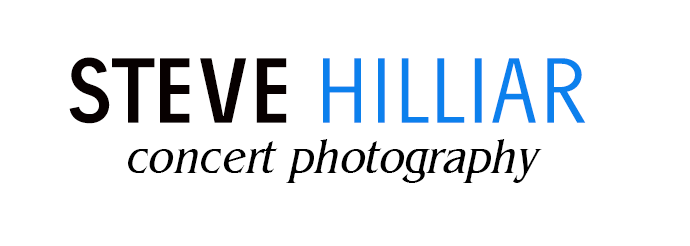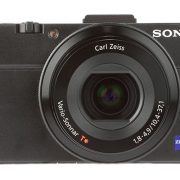Tips on Photography
Many people seem to think there is very little skill in Concert photography. However it is one of the most challenging fields you can endure with a camera, with concert photography you have almost no control with your planned shots. In other words we cannot control the performers being photographed, there is no way we have control over the lighting, as lighting is constantly changing and then above everything else we cannot control the angles.
The main point that I have also reiterated on before, we cannot forget that the audience have paid good money to see their favourite artist, we cannot get in their line of view and spoil their show. Sometimes there are limitations placed on photographers by the promoter, there can also be limitations placed on photographers by the venue itself. All of these things must be taken into account when preparing a concert shoot.
I hear you, you want the answer to how it can be done as you are ready to start right? Well the first thing to think about is how you can lower the aspects that I have mentioned above.
A good place to start is at the smaller shows, something relatively easy to access, somewhere you can easily move around without interrupting anyone. It could be a thought to start with maybe a promoter you know personally or a band or artist you know. I was lucky way back when I was invited to a Cliff Richard show at Wembley and was able to get behind stage as well as the green room where I could get some shots without worrying and this was in the days of film, way before the digital camera era. My camera then was a Nikon FE and I still own it today.
Equipment
It’s not the camera that is important but the person behind it.
There is no doubt skill is the answer to any type of photography but with concert photography the camera equipment being used is vital. Many of the problems are associated with shooting in low light, ideally we need a camera capable of shooting at a higher ISO rating without noise and ideally a lens capable of opening up to at least 2.8. My preferred unit for this is my trust Sony A7s with a Sony 70-200.
Another consideration is shooting rock bands, normally a higher shutter speed is required due to the fast and dynamic actions of the performers, singers who are all over the place, jumping in the air, the drummer with his sticks in the air etc.
Luckily my Sony A7s is capable of extremely high ISO, making it perfect for low light conditions, it is very usable to 12500 ISO but can go to the crazy value of 105,000.
High ISO and Noise
In my opinion a slightly noisy picture can still look great and there are tools such as Adobe Lightroom available to reduce the noise at a later stage. That is one amazing benefit of digital photography. If you use a low ISO rating to avoid the noise you are far more likely to end up with a blurry photo that is unusable. Another point worth consideration is to use black and white as noise is not as pronounced.
Correct exposure
How do we know how to measure light? This the first difficulty we are faced with in any photography let alone concert photography. The measurement of the light that allows us to select the correct exposure. In live concerts we’ll usually measure light from a point which we want to expose by using the point metering in our camera. However with modern cameras like the Sony A7s there are other options available as well.
In many live performances there can be a variety of sets of different and repeating light, so you should keep in mind the appropriate parameters for the different light and then for example as soon as spot will be on the singer we will know what the appropriate parameters for our frame.
You can check your histogram and in addition check in the monitor for overexposed points, to ensure that the important objects in the frame are exposed properly. One of the most frustrating things is to get back home with a picture that looks good on the camera and then we find out in our computer screen that it’s overexposed or underexposed. Never the less always make certain you shoot in RAW as the flexibility this gives you in post production means most under or over exposures can be overcome once again with the likes of Adobe Lightroom.
Flash or no flash?
You are in a big concert, a long way from the stage, all around you are hundreds of flashes from cameras from people who are trying to take pictures of the show. Well sadly your flash will have zero effect on the group or a singer. In many situations like this the stage will turn out dark.
So when you are far from the stage – turn off the flash. In my opinion you should never use flash at a concert, it is inconsiderate and with a camera like the Sony A7s there is no need for it.
I can write about all aspects of using flash, yes it has its place but please not in a concert.
Waiting for the right moment
If it is too dark and we are distance from the stage, the idea is to wait until a spot light or other lights are turned on, the narrow, focused and strong light, will light the artist. You must remember: photographing a concert is not like most other types of photography where it is important to see everything. We are looking for atmosphere, usually extremely difficult to come by.
Camera constraints
Old cameras, compact cameras, together with lenses above F4 Aperture can cause problems when trying to capture a subject with the correct lighting. You can easily land up with a silhouette due to lighting behind the subject similar shooting into sunlight. This is because lights are always changing and that is why I believe it is most important to choose the right gear. The Sony A7s is a spectacular low light unit and very hard to beat. It is remarkable what that camera can do in such tricky situations.








Leave a Reply
Want to join the discussion?Feel free to contribute!